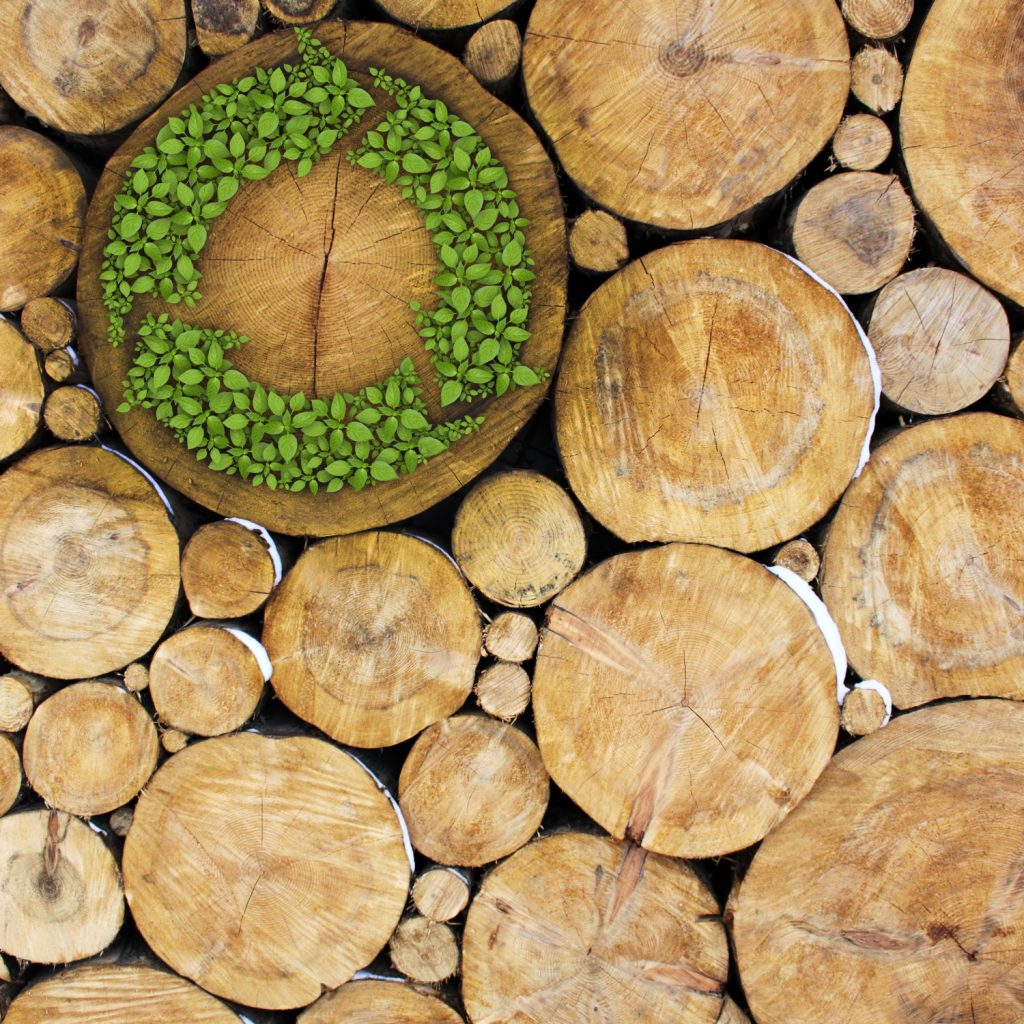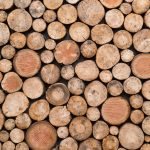In the search for sustainable and efficient solutions in construction, the selection of materials plays a fundamental role
In the search for sustainable and efficient solutions in construction, the selection of materials plays a fundamental role. Among these materials, the riding crop stands out as one of the best options, thanks to its versatility and its environmental friendliness. However, not all shafts are equal in terms of energy efficiency. In this article, we will study the characteristics of each type of whip and select the correct one for a construction that optimizes energy consumption to the maximum and reduces its environmental impact.
Importance of Energy Efficiency in Construction
Buildings consume a significant amount of energy, either to provide heating, cooling, lighting or other purposes. Reducing this consumption not only contributes to reducing long-term operating costs, but also helps positively in climate change, thanks to the reduction in greenhouse gas emissions it entails.
Importance of Energy Efficiency in Construction
Buildings consume a significant amount of energy, either to provide heating, cooling, lighting or other purposes. Reducing this consumption not only contributes to reducing long-term operating costs, but also helps positively in climate change, thanks to the reduction in greenhouse gas emissions it entails.
Characteristics of Energy Efficient Wood
Sustainable Origin:
The wood comes from renewable resources, but not all of them have a sustainable origin. This is determined by the responsible management of forests, reforestation and certification by recognized organizations such as the Forest Stewardship Council (FSC) or the Program for the Recognition of Forest Certification (PEFC).
For this reason, it is important to know the origin of the wood chosen for our construction. The efficiency of our construction with wood is determined from the beginning of the project, beginning with the choice of material.
Thermal Insulation:
Some woods have better thermal insulation properties than others. The insulation of the wood is measured through the coefficient of thermal conductivity, this being an important measure to consider when selecting the type of wood we will choose for our construction.
Woods with low thermal conductivity will provide better insulation, helping to maintain a constant interior temperature and reducing the need for heating or cooling.
Durability:
A durable wood requires less maintenance over time, which reduces the need to use additional resources. Durability is influenced by factors such as wood species, preservative treatment and environmental conditions.
Low Carbon Footprint:
The production and transport of wood can generate carbon emissions. Therefore, the best option is to opt for local woods and minimize additional processing. This helps to significantly reduce the carbon footprint. In addition, another positive point of wood is that it acts as a carbon store, since it retains the carbon absorbed during its growth.

Types of Wood for Energy Efficient Construction
- Pine tree: Pine is one of the most common and economical options when it comes to wood projects. This has acceptable insulating properties and is easy to work with. However, its durability can be a problem in certain climatic conditions.
- Douglas fir: Douglas fir wood, with a higher density than pine, offers better thermal insulation and greater weather resistance. It is a popular option for constructions with wood that require greater durability.
- Western Red Cedar: Cedar wood is known for its resistance to rot and insects, making it an excellent choice for exterior applications such as siding or decking.
- White Oak: Although this type of wood is more expensive, white oak is extremely durable and resistant. It is an excellent choice for structural applications where longevity is critical.
- Yew: Yew is a dense and durable wood with excellent insulation properties. Although less common, it is an interesting option for projects that seek to maximize energy efficiency.
Additional Considerations
There are other factors, in addition to those discussed above, that help determine which type of wood will be selected for the realization of a project with wood. Among them, the preservative treatments stand out, the certifications that each wood has and its design.
Preservative treatments are additionally applied to the wood to increase its durability and resistance to moisture and insects. Not all wood requires this treatment, which is why it is important to have a professional evaluate it and adapt the properties of the wood to the project to be carried out. In addition, you should always choose to choose treatments that are environmentally friendly and health insurance.
Another aspect to take into account are the certifications with which the wood with which we are going to work has. Looking for wood certified by recognized organizations ensures that it comes from sustainable and responsibly managed sources.

On the other hand, to select the right wood, the design of the construction must be taken into account, since this also plays a crucial role in energy efficiency. Strategies such as solar orientation, passive design and the use of complementary materials can maximize the energy performance of the structure.
In conclusion, the selection of the right wood is essential for an energy efficient construction. Considering factors such as sustainable sourcing, insulation properties, durability and carbon footprint can help make informed decisions that benefit both the environment and the long-term performance of the building.
Discover more about our solutions in architecture with wood and construction on our website!




